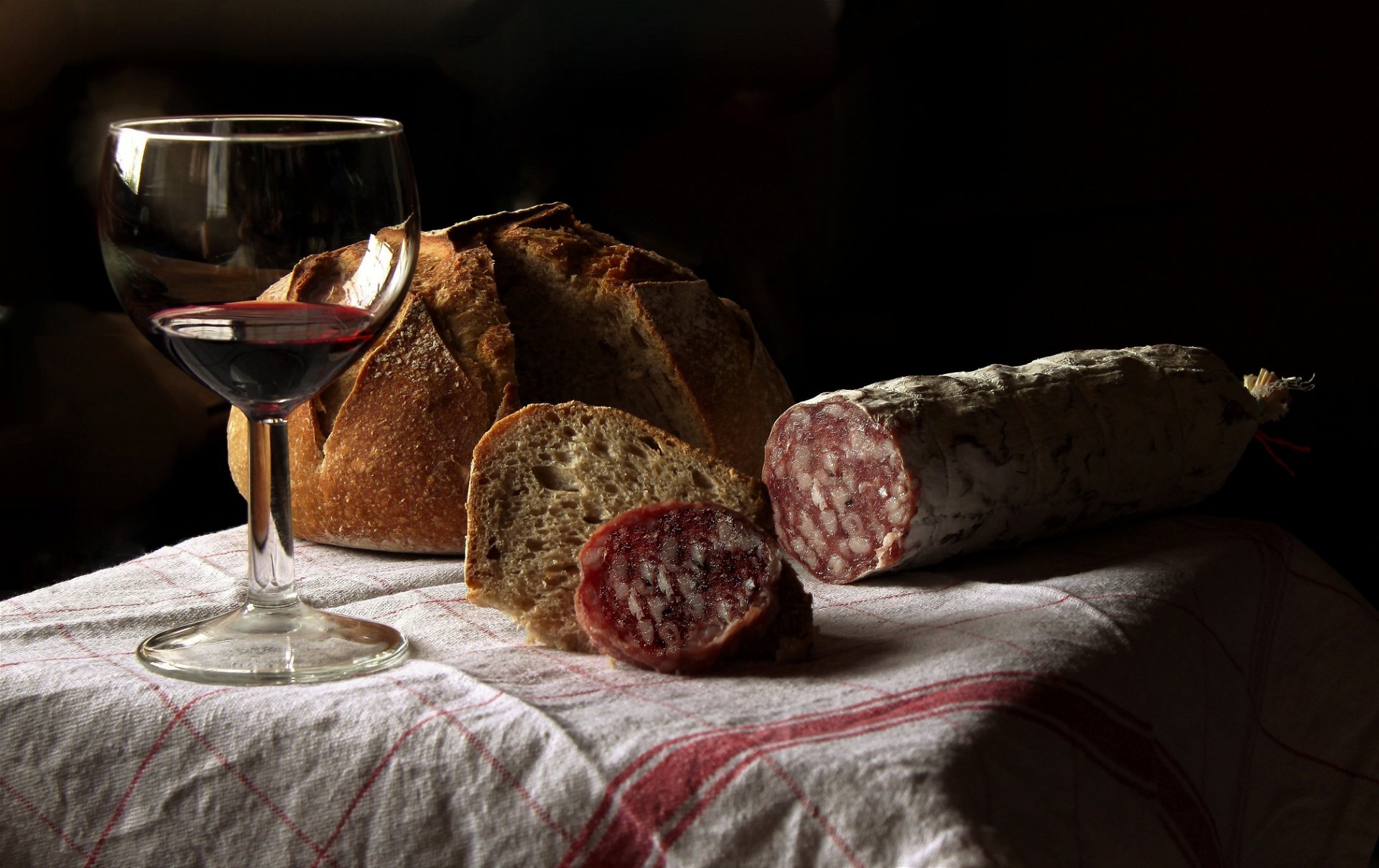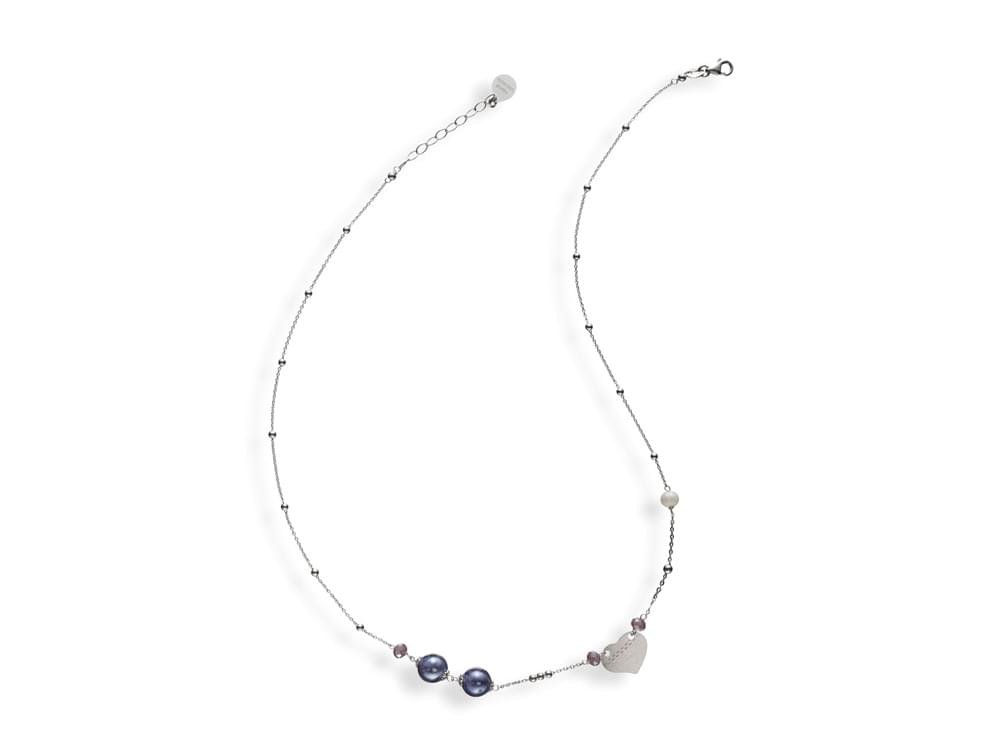
Nestled along the Adriatic coast and stretching inland to the rugged Apennines, the Abruzzo region of Italy remains one of the country’s most picturesque and underappreciated wine-producing areas. With a winemaking heritage that dates back to the Etruscans, Abruzzo offers a stunning array of wines that encapsulate both the spirit of its people and the richness of its varied landscapes. This article embarks on an enological journey through the hills and coastal plains of Abruzzo, where tradition weaves through the vines and pours forth in every glass.
Abruzzo's viticultural roots penetrate deep into the soil of history. The region's wines have been lauded since Roman times for their robust character and the rich, fertile soils that give rise to them. The Middle Ages saw Benedictine monks meticulously tending to vineyards, cultivating the grape varieties that define Abruzzo’s vinous identity even to this day.
The most renowned ambassador of Abruzzo’s wine repertoire is Montepulciano d’Abruzzo. Not to be confused with the Tuscan town of Montepulciano, where the Sangiovese-based Vino Nobile is produced, Montepulciano d’Abruzzo is crafted from the Montepulciano grape varietal. This robust red is known for its deep ruby color, rich berry flavors, and hint of spice, often with a velvety texture that matures with elegance.
Equally important yet often overshadowed is the Trebbiano d’Abruzzo, which shares its name with other Trebbiano wines but is distinct in its expression. This white wine is appreciated for its lemony zest and almond notes, a crisp counterpart to the region's reds.
Abruzzo's terroir is a mosaic of climates and soils, from the marine influences of the coast to the mountainous inland, which impart complexity and variety to its wines. The region's key wine-producing zones reflect this diversity:
Beyond the ubiquitous Montepulciano and Trebbiano, Abruzzo’s viticultural landscape is dotted with rising stars such as Pecorino and Passerina. Pecorino, once nearly extinct, has been revived to produce crisp, mineral-driven white wines with a floral bouquet. Passerina, another white grape, often features in both still and sparkling wines, delivering refreshment with a hint of citrus and green apple.
The winemaking methods in Abruzzo span the spectrum from ancient to modern. Many producers adhere to time-honored traditions, aging their wines in large oak barrels or glass-lined concrete tanks to preserve the grapes’ inherent flavors. Yet, there’s also a wave of innovation sweeping through the region, with state-of-the-art cellars experimenting with new aging techniques and biodynamic farming, ensuring sustainability for future generations.
Montepulciano d’Abruzzo comes in various styles:
Trebbiano d’Abruzzo, on the other hand, is typically crafted to be enjoyed young, though the best examples can develop intriguing complexity with age.
Abruzzo’s wine production is characterized by a blend of small family-owned estates and large cooperative wineries. The small producers often focus on artisanal methods and limited production, while the cooperatives are able to harness resources and technology to produce wines that can compete on an international scale.
The region’s wines are not merely beverages but integral components of Abruzzo’s culinary tradition. Montepulciano d’Abruzzo pairs beautifully with rich meat dishes and aged cheeses, while Trebbiano d’Abruzzo complements the local seafood, from Adriatic shellfish to grilled fish. Pecorino wines, with their crisp acidity, are perfect with the region's sheep’s milk cheeses and vegetable antipasti.
With climate change posing new challenges, Abruzzese vintners are adapting their viticulture to maintain the high quality of their wines. They employ methods such as altitude planting and canopy management to mitigate the effects of warmer temperatures.
Abruzzo’s wines have garnered international attention for their excellent quality-to-price ratio. The region has become a go-to for wine enthusiasts seeking value without sacrificing complexity and depth.
The future of Abruzzo’s wine industry is as promising as its past is storied. Vintners continue to honor the legacy of their land while embracing innovation, ensuring that Abruzzo’s wines will captivate the palates of the next generation of wine lovers.
In conclusion, the wines of Abruzzo embody the region’s spirit: unpretentious yet proud, rooted in the past yet always evolving. Each bottle is a testament to the tenacity of the Abruzzese people and their unyielding dedication to the land. As global appreciation for these Italian gems continues to grow, the wines of Abruzzo will no doubt take their place among the pantheon of Italy’s finest exports. From the hearty Montepulciano to the delicate Trebbiano, Abruzzo offers a wine for every palate, a story in every glass. Salute to the enduring and endearing wines of Abruzzo!

More Details
Abruzzo has a wine production that primarily centers on two key grape varieties – Montepulciano for red and rosé wines and Trebbiano for whites. The comprehensive list of Abruzzo wines includes not only wines made from these principal grapes but also from other local and international varieties that are gaining prominence in the region. Below is a list that covers the most recognized denominations and types:
Abruzzo also produces some wines from international grape varieties such as Chardonnay, Merlot, and Cabernet Sauvignon, which may fall under the IGT classifications.
Abruzzo has a wine production that primarily centers on two key grape varieties – Montepulciano for red and rosé wines and Trebbiano for whites. The comprehensive list of Abruzzo wines includes not only wines made from these principal grapes but also from other local and international varieties that are gaining prominence in the region. Below is a list that covers the most recognized denominations and types:
Other major red varieties are Ciliegolo, Gaglioppo, Lagrein, Lambrusco, Monica, Nerello Mascalese, Pignolo, Primitivo (Zinfandel in California), Refosco, Schiava, Schiopettino, Teroldego, and Uva di Troia. "International" varietals such as Merlot, Cabernet Sauvignon, Syrah, and Cabernet Franc are also widely grown.
Other important whites include Carricante, Catarratto, Coda de Volpe, Cortese, Falanghina, Grechetto, Grillo, Inzolia, Picolit, Traminer, Verduzzo, and Vernaccia. As far as non-native varietals, the Italians plant Chardonnay, Gewürztraminer (sometimes called traminer aromatico), Riesling, Petite Arvine, and many others.